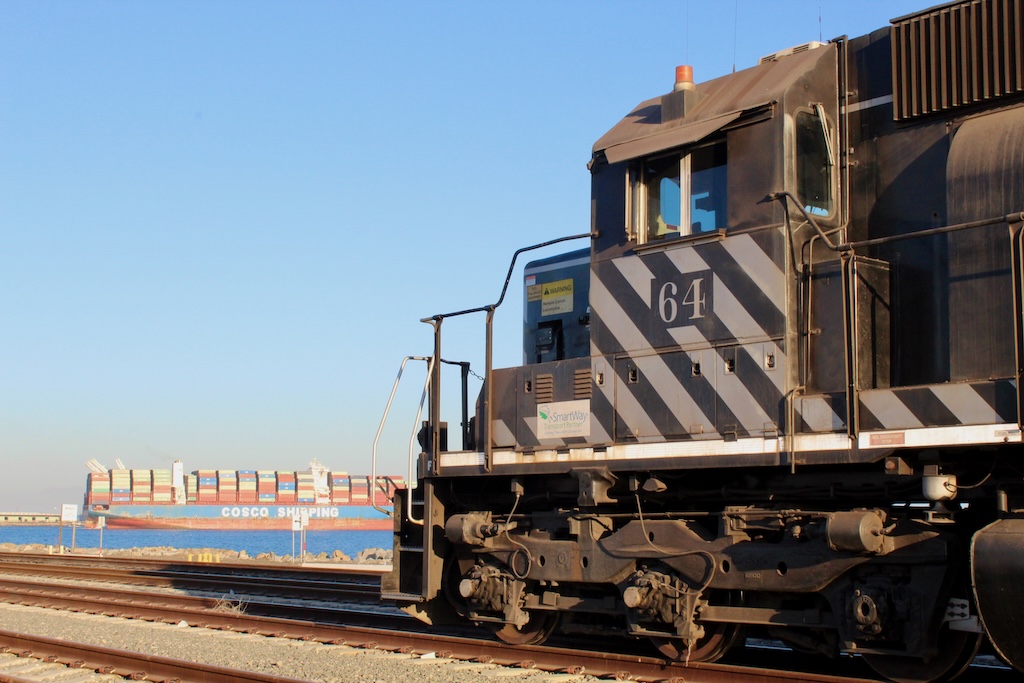
The trade war truce that the U.S. and China announced on Sunday may not offer much immediate support to intermodal volume in the West, which is expected to see a sharp decline in the coming weeks as far fewer ships arrive carrying containers loaded with Chinese-made goods and materials.
Under the 90-day deal, the U.S. will lower its tariff on Chinese goods to 30%, down from 145%, while China will reduce its levy on U.S. imports to 10% from 125%. The steep tariffs significantly reduced the number of containers bound to the U.S. from Chinese ports, while Chinese factories have dramatically slowed production as orders evaporated.
Jason Miller, a supply chain professor at Michigan State University, says the pause in high tariff rates likely won’t give producers or importers enough time or confidence to adjust.
“Supply chains don’t work well with 90-day windows,” Miller wrote in a LinkedIn post on Monday morning. “Supply chain managers need some degree of certainty to make decisions. While I’m happy to see a 90-day pause from the crushing tariffs, such constant back-and-forth swings (while great for reality TV), don’t encourage long-term decisions and structural shifts. Rather, such chaos encourages accumulating inventories (if financial position permits) and adopting a wait-and-see attitude (which is terrible for capital investment).”
Since late last year BNSF Railway and Union Pacific have been busy handling a surge of containers from West Coast ports as U.S. companies pulled forward their imports in order to beat potential tariffs.
Now West Coast ports are bracing for a so-called import cliff, with the Port of Los Angeles expecting overall container volume to fall 35% this month as arrivals from China all but completely dry up.
Miller says it’s unclear how many U.S. importers will take advantage of the 90-day lull to place new orders for goods from China, but he estimates that between 70% and 80% of paused orders may be reinstated.
“When we then look at estimates that Chinese containerized exports had fallen 30-40% after the 145% rates, this would imply we will still see a substantial reduction in imports on net (certainly not a good sign for product variety levels on store shelves in a few months),” he wrote.
But Lars Jensen, a maritime expert based in Copenhagen, expects the tariff truce to produce a flood of imports as U.S. companies jump on the opportunity for two reasons.
“There is already a large amount of cargo ready to go, as U.S. importers have been adopting a ‘wait-and-see’ strategy over the past month and abstained from shipping cargo which is already ready,” Jensen wrote on LinkedIn.
“Reason 2: The 90-day pause expires in the middle of the usual peak season for holiday-related goods going to the U.S.,” he explains. “We should therefore expect a possible pull-forward of cargo creating a shorter, sharper, peak season from basically right now.”
Jensen warns that a container surge, which would show up at U.S. ports in three to six weeks, could raise the risks of bottleneck issues and delays.
BNSF and UP executives have said their railroads are ready to handle swings in intermodal volume.
In any event, it will take time for Chinese manufacturers to get geared back up.
“Factories in China that have furloughed workers need to bring them back, raw material orders that were canceled need to be reinstated (and time needed to get those inputs to the export factories), and so on,” Miller wrote. “As we learned with COVID-19 lockdowns, supply chains geared towards efficiency aren’t well-equipped for start/stop dynamics.”
The American Apparel & Footwear Association, whose members are major importers of Chinese goods, welcomed the thaw in the trade war but said only a permanent deal will allow them to make trade and investment decisions.
“The 90-day pause is welcome and may temporarily help unstick the effective trade embargo that has been in place with respect to U.S./China trade since April 9. Sadly, the residual 30% tariff, stacked on top of the existing Section 301 and ‘most favored nation’ (MFN) tariffs, will still make for an expensive back to school and holiday season for most Americans,” the group’s CEO, Steve Lamar, said in a statement. “If freight rates spike due to the tariff-induced shipping disruptions — which will take months to unwind — we could see costs and prices creep up even further. What’s needed now is a long-term deal — not just with China but with all our trading partners — so we can predictably make long term trade, investment, and sourcing decisions.”






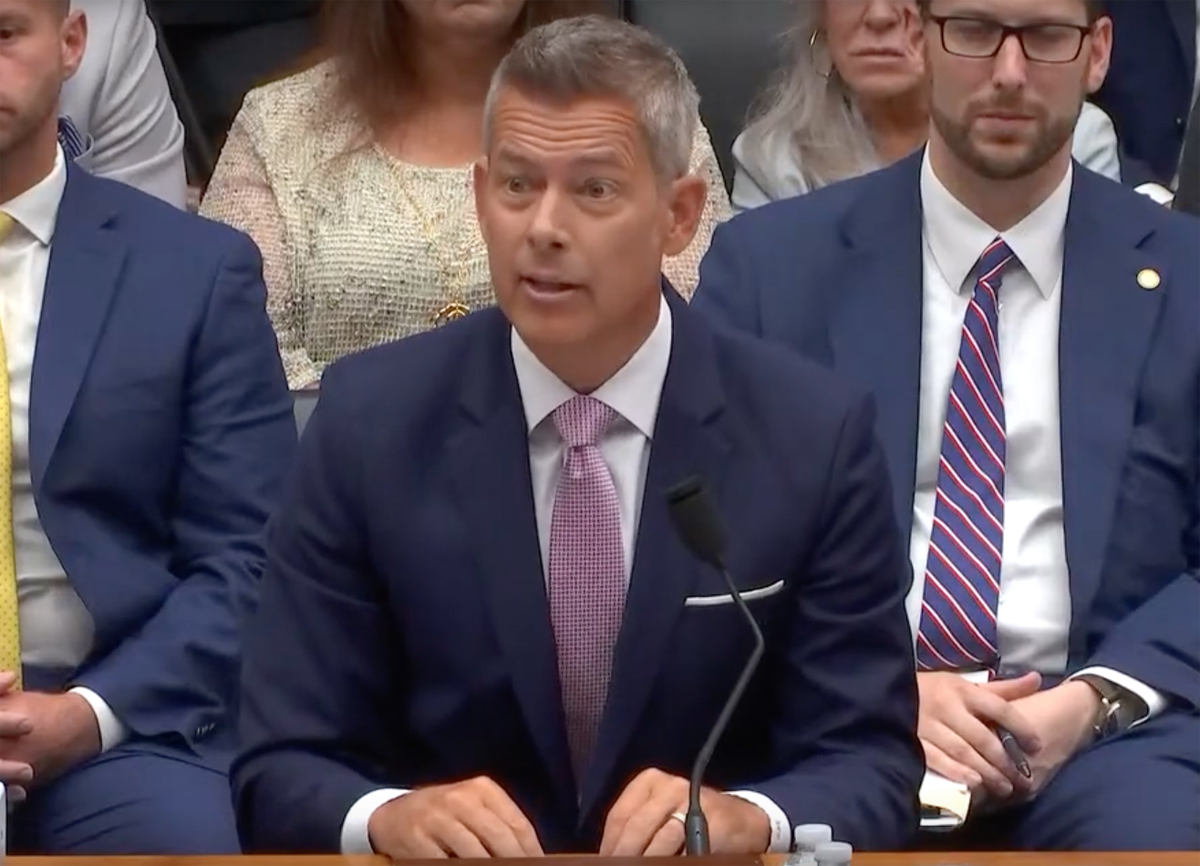
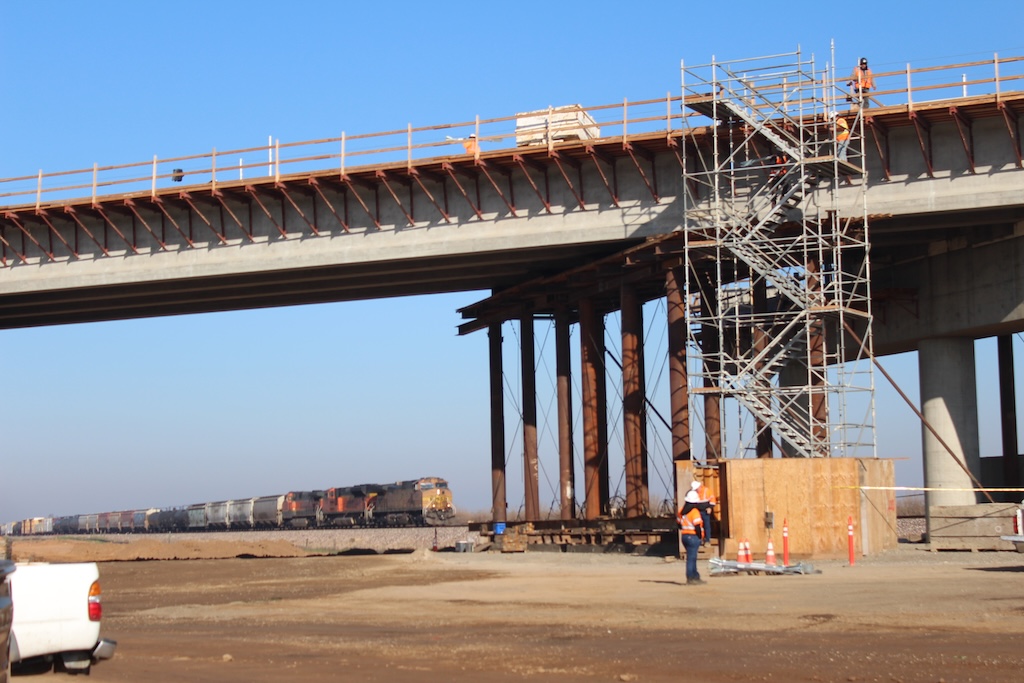
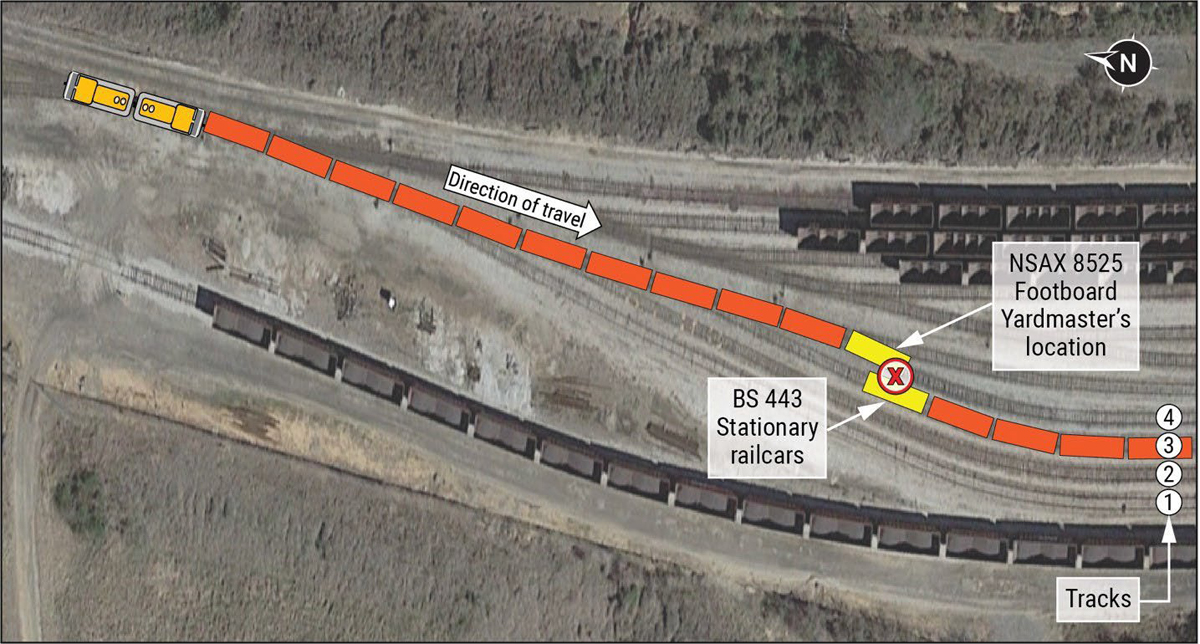
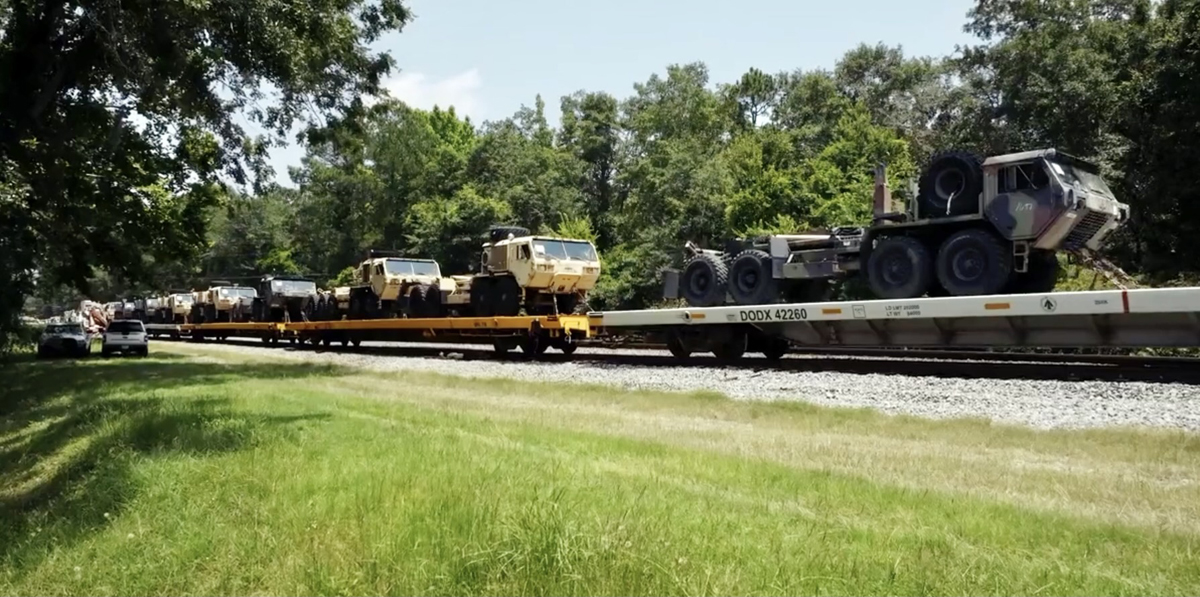

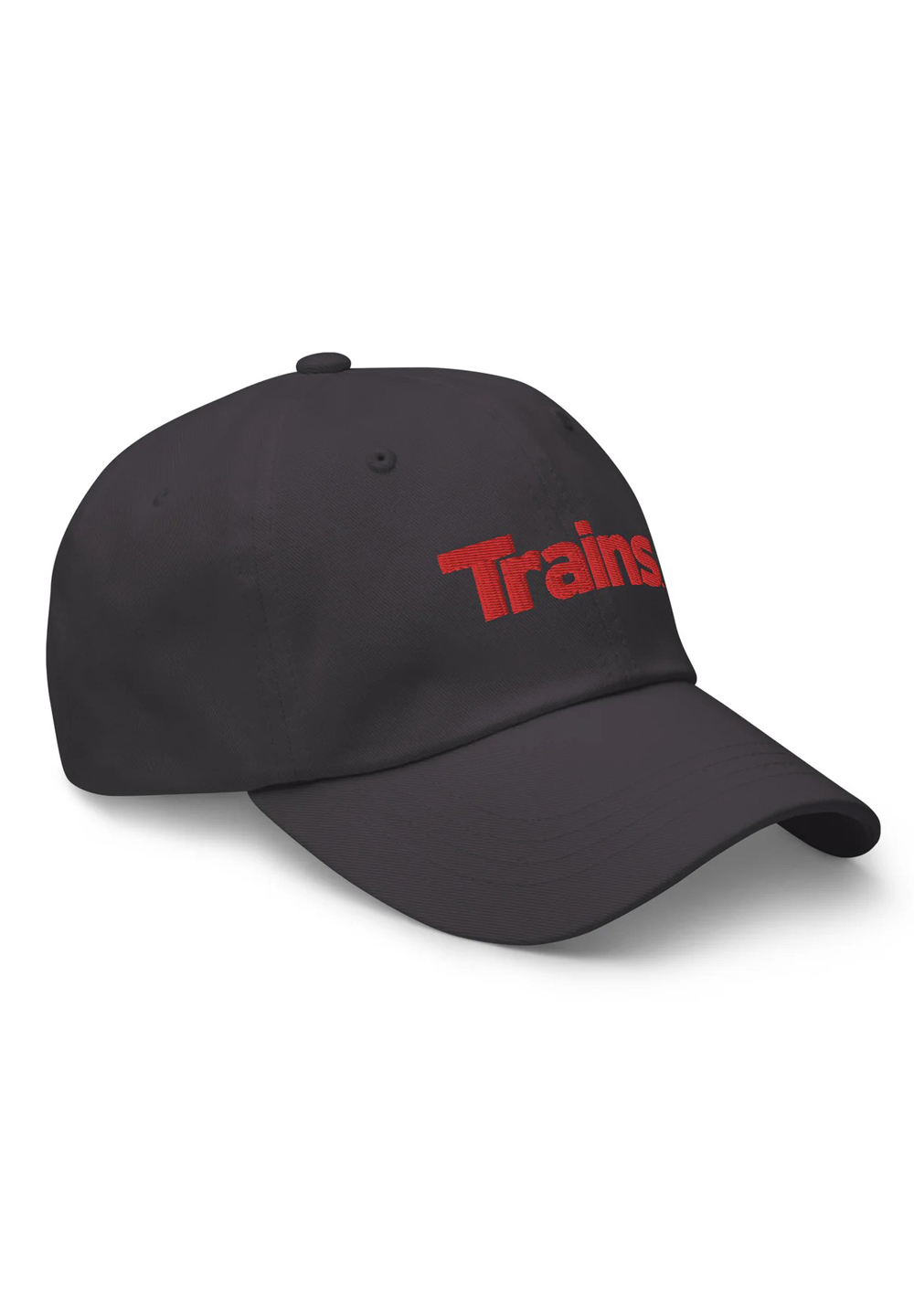
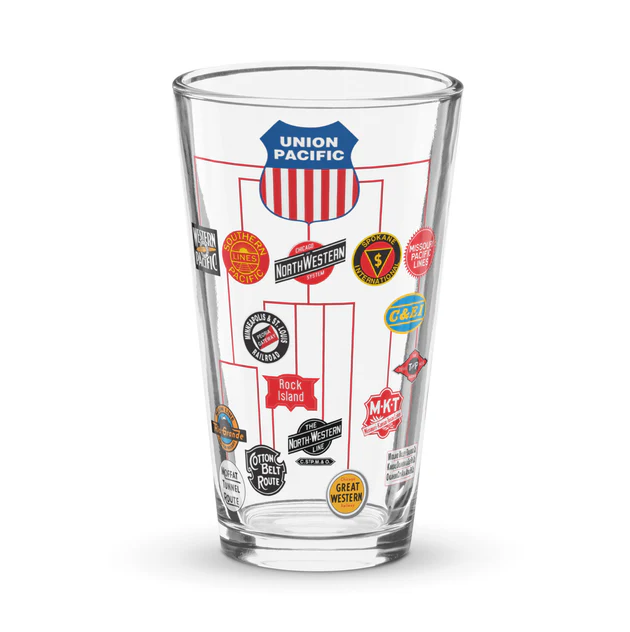
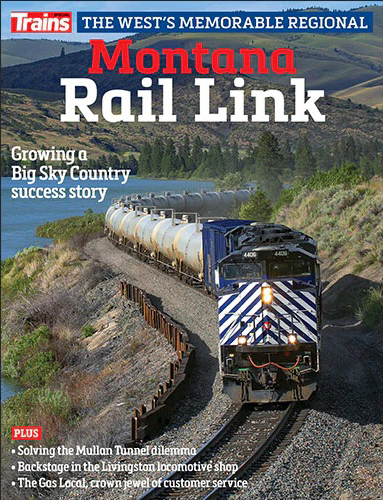
Times change, things change, but as we all know, the container always remains the currency of the international commerce and supply chain.
Dr. Güntürk Üstün
I am going to wait before I jump back in. I am waiting to read the fine print first.
As of this moment, 11:15 eastern, UP stock up $14.17, CN and CPKC also way up.
Everyone is worried about west coast ports. The east coast ports are getting clogged with European cars that the makers don’t want delivered. The holding lots are full. One port had 2 auto ships anchored in the port because there is no where for the cars to go.